 | DeFi is one of the fastest-growing sectors within the cryptocurrency space. It offers numerous services to cryptocurrency investors and other market players. According to DeFi LIama, the total locked-in value (TVL) in DeFi protocols today is $209.2 billion. From lending and borrowing to yield farming, from high APY staking protocols to margin trading, DeFi is ultimately transforming into one of the most desirable, go-to solutions for private investors, institutions, crypto VCs and retailers. With so many new, alternative value propositions being architected on almost a daily basis, DeFi is set to become the quintessential disruptor of 21st century finance. Due to its importance, this post will touch on an aspect of DeFi, which is lending. Cryptocurrency trading and speculation is at the heart of cryptocurrency lending. There is a high demand for cryptocurrency borrowing because hedge funds and a number of investors have found that they can make money by betting leveraged on tokens and crypto derivatives. Because these players can make significant amounts with their trading strategies, they can afford to pay intermediaries high rates for borrowing cryptocurrency. And today often a large number of investors and traders trade their assets in pair to stablecoins like Binance USD, Teather, USD Coin. These payments, net of profits, go to regular crypto investors in the form of returns that far exceed what they would get from bank deposits. Defi lending platforms aim to offer crypto loans in a trustless manner, i.e., without intermediaries. A borrower can directly take a loan through the decentralized platform. Among all of the decentralized applications (DApps), Defi has the highest lending growth rate and is the most prevalent contributor for locking crypto assets. In the past few years, the marketplace has seen even more valuable and innovative decentralized lending platforms. The ability to lend and borrow assets among completely open applications has created a fundamental breakthrough for the future of finance and cryptocurrency. Here are some of the topmost decentralized lending platforms you should know about. 1. Aave It is an open-source and one of the most popular Defi lending protocols launched in 2020. It is a non-custodial liquidity protocol for earning interests on deposit and borrowing assets. This platform allows lenders to deposit cryptocurrencies in a pool and receive an equivalent amount of aTokens. Aave algorithmically adjusts interest rates depending on demand and supply. It indicates that the more the user holds aTokens, the better the interest amount. If users are looking to use the Aave protocol, users first deposit the chosen asset and amount. Shortly after, the lender will earn passive income based on the market borrowing demand. Additionally, depositing assets allows consumers the ability to borrow by using the deposited assets as collateral. The interest you earn by depositing funds may help offset the interest rate users accumulate by borrowing. Aave offers users many advantages. Financial protocols boast transparency, and that benefits many users. When it comes to lending and borrowing, everything is clear and straightforward, even for those new to the cryptocurrency market. You don't have to think about the processes we see in traditional systems that don't allow access to their processes. They use your funds in a way that benefits them, but they don't want to share the profits with you. However, Aave exposes your processes to your community so you know everything that's going on in the network. Some features of Aave: 1) Aave is an open-source project The good thing about open source code is that many people look at it and work tirelessly to keep it free of vulnerabilities. 2) Variety of credit pools You can choose from 10 markets, each offering a different APY and a selection of different coins. 3) Aave does not store cryptocurrencies This benefit is great for investors who worry about hackers. Because the protocol uses a "non-storage" approach to its transactions, users are safe. Even if a cybercriminal breaks into the network, he/she cannot steal the cryptocurrency because there is nothing to steal. 4) Aave protocol is a private Like other decentralized protocols, Aave does not require KYC / AML (know your customer and anti-money laundering) filings. The platforms do not work with intermediaries. Thus, all of these processes become unnecessary. Users who keep their privacy above all else can invest in the platform without compromising themselves. 2. Alchemix Alchemix is a DeFi loan-based platform that uses a new method to provide loans that “pay themselves back over time.” Users deposit DAI into a smart contract. In exchange, users receive a token that represents the deposit’s future yield farming potential. The token used through Alchemix is known as alUSD, which can be transmuted for DAI within the Alchemix platform and traded on a given DeFi exchange. Once funds are deposited, the funds are used to generate income, which will eventually automatically repay the user's debt . However, there are several ways in which the user can manage their credit: Option 1: leave their deposit to earn income all the time, allowing them to periodically withdraw the collateral on the loan. Option 2: Repay the loan early using alUSD or DAI, allowing them to remove the collateral Option 3: liquidate their loan using some of their collateral to pay off the loan and allow them to withdraw what's left. V1 provided users with a single source of income limiting repayment options. Alchemix version 2 is continually expanding the range of yield options available, making it a key lego in the DeFi stack. If a new app comes along that offers competitive returns, we will be able to quickly capture it, which will be mutually beneficial for both us and the protocol we integrate. In addition, v2 gives users the ability to determine in detail which yield strategies support their loans, allowing them to create their own yield aggregators on top of Alchemix. More conservative investors can choose safer and more stable yield options, while more aggressive investors may prefer to take more risk by choosing other, less established options with highly variable rates. Some Theses and Features of Alchemix Finance: 1) Alchemix Synthetic Stablecoin (alUSD) When users deposit DAI into the Alchemix platform, they receive alUSD in return. As per security measures on the platform, there are limits in place on the amount of alUSD that can be minted from DAI assets. 2) Vaults At the heart of the Alchemix Finance protocol are the vaults, operating through smart contracts. At the moment there are 4 vaults with stablecoins. 3) Pegging mechanism for synthetic tokens All harvested yield flows through the Transmuter, which helps maintain a guaranteed redemption of 1:1 for alUSD and DAI. Moreover, users can choose to stake the synthetic stablecoin in the Transmuter, which will automatically convert yield into the base asset (DAI). When staked, alUSD acts like a bond, eventually maturing into a base asset. When users decide to withdraw their converted DAI, the protocol burns an equivalent amount of the Alchemix stablecoin, alUSD. 4) Alchemix DAO The Alchemix decentralized autonomous organization (DAO) is a community of enthusiasts working collaboratively to grow and develop the Alchemix ecosystem. The DAO also receives funding through the yield generated through the Alchemix protocol, split between the treasury funds. Whereas the treasury fund is responsible for covering the finances of operations, the Alchemix DAO focuses its funding on development. However, any movement of funds is subject to governance from the DAO. 3. WOWswap WOWswap is a fully community-owned protocol based on a simple idea: liquidity providers can create a liquidity pool, and traders can borrow these funds to buy up to 5 times more tokens. It is built on Ethereum, Solana, Arbitrum, Avalanche, Binance Smart Chain, IoTeX, Polygon and HECO Chain. Protocol fees, interest rates for lenders and borrowers, liquidation ratios and other settings are decided by holders of WOW tokens — our governance token. Making a WOW swap is as easy as making a regular swap on Uniswap or Pancakeswap — extra capital will be automatically borrowed from the liquidity pool. When a trader opens a leveraged trading position (long or short), the trader takes a loan from the liquidity pool at a current Hourly Interest Rate (HIR). Therefore, to make leveraged trading possible Liquidity Providers (LP) need to maintain enough liquidity in liquidity pools. Anyone can become a liquidity provider by supplying liquidity to the liquidity pools. Into the second half of 2021, WOWswap had already accomplished much of its initial roadmap, including a liquidation bot, instant governance, a recruitment smart contract, enabled leveraged short swaps, and worked out a DAO governance model. As a way of maximum capitalization of yields, the platform launched an effective yield aggregator that would allow yield farmers to farm rewards on other DeFi protocols. This is because just a handful of pool tokens are active, while over 75% of the rest remain inactive. For the platform to improve efficiency around the yield aggregator, the platform will take in rewards from more than one protocol. As a matter of fact, the platform favors highly secure protocols as a means of ensuring funds are protected from cyber terrorists. Remember, DeFi protocols have lost around $14 million to hackers within the last year. Hence, security is paramount to any trading protocol. The development team found it ideal to allow yield farmers to lend a percentage of their dormant assets and reap more rewards. Thereby, boosting the APY from 10% or 15% to 50%. This implies that traders on WOWswap will gain 50% more in APR compared to other leverage trading protocols. Besides, the protocol also plans to allow users to burn their tokens and gain rewards. By executing a successful leverage position on the platform, traders will pay a fee that will automatically represent their vote in community governance. While the fees were currently held in the treasury, presently, they are staked to allow for decentralized voting. Meanwhile, the rest of the tokens are distributed to holders of xWOW. WOWswap has a number of features and advantages over competitors: 1) Successful audit by Hacken These audit results showed that there were no critical points in the original smart contract they released and highlighted a few more measures that they took to decrease their already low risks to the barest minimum. 2) Over 200+ coins for making deals Lend your coins to traders and receive reward in the form of interest payments of their trades and also you can open long and short positions yourself using leverage up to 5x. 3) WOWswap Alerts High APY Alerts, that alert WOWswap users when any of the tokens in the lending pool accumulates 20, 50, or 100% profits. This helps get insights on the most profitable pools to lend to. 4) WOW Governance Model Governance is a mechanism, through which holders of WOW-token can change important protocol’s parameters, as well as submit and accept WOW improvement proposals. Everyone, who participates in the Governance, receives Governance rewards, which calculated as a percentage of the protocol’s total revenue. 5) xWOW token xWOW token is used for voting and Governance reward distribution. Governance rewards are distributed proportionally among all xWOW holders. Staking by itself is sufficient to get Governance rewards, no actual voting is required. Conclusion This detailed discussion shows that DeFi lending has a high potential to reshape the entire financial system. DeFi lending being involved with the intriguing technology truly has vast opportunities to revolutionize the global financial landscape. [link] [comments] |

You can get bonuses upto $100 FREE BONUS when you:
💰 Install these recommended apps:
💲 SocialGood - 100% Crypto Back on Everyday Shopping
💲 xPortal - The DeFi For The Next Billion
💲 CryptoTab Browser - Lightweight, fast, and ready to mine!
💰 Register on these recommended exchanges:
🟡 Binance🟡 Bitfinex🟡 Bitmart🟡 Bittrex🟡 Bitget
🟡 CoinEx🟡 Crypto.com🟡 Gate.io🟡 Huobi🟡 Kucoin.

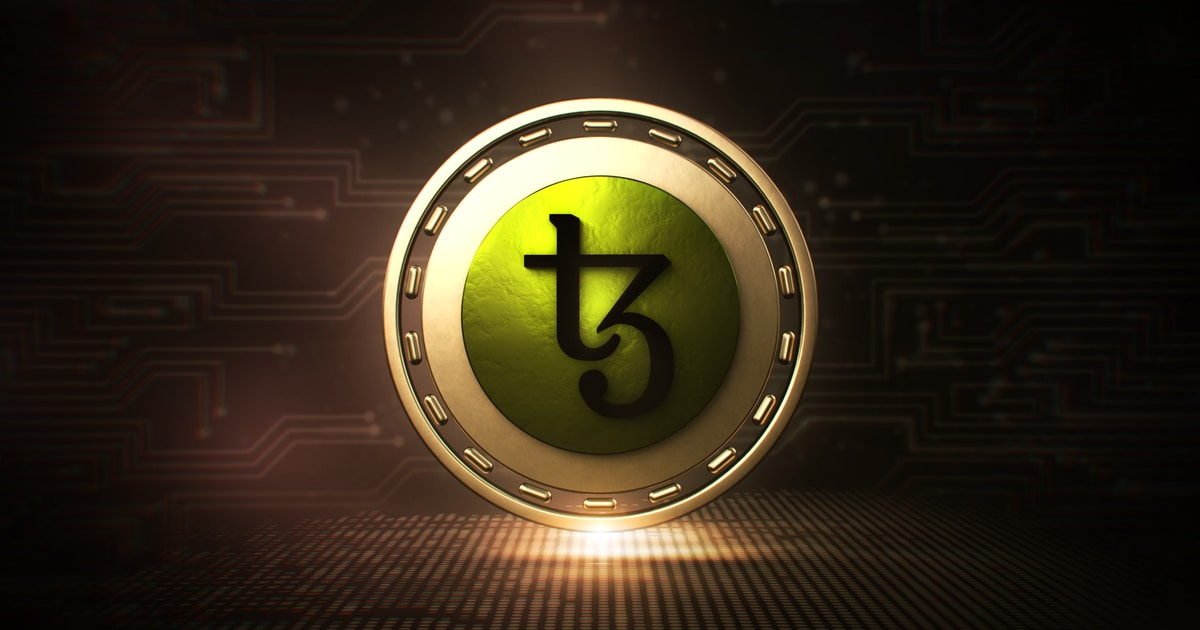
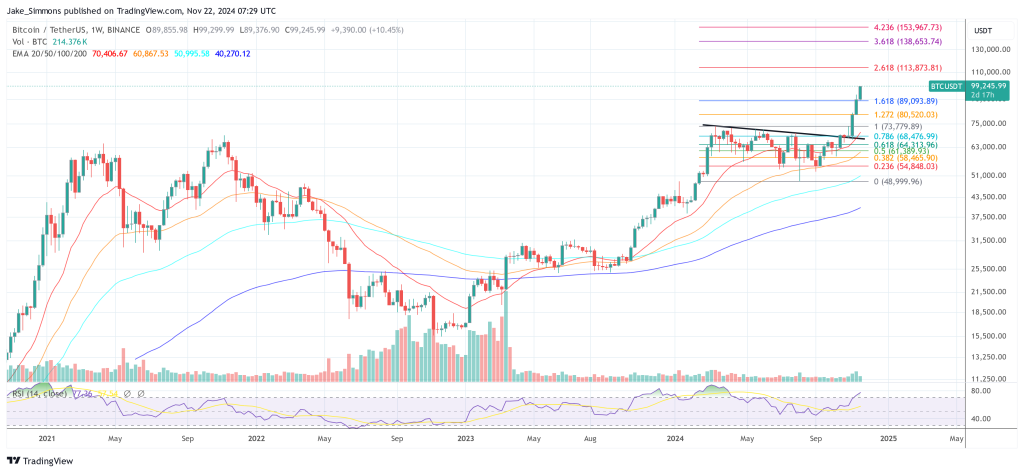

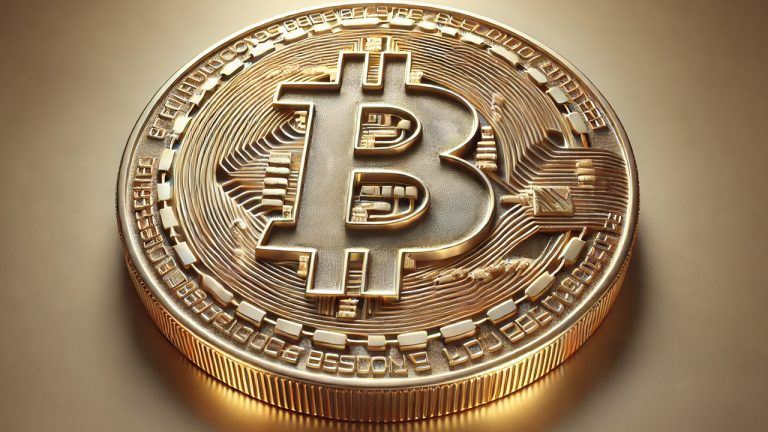

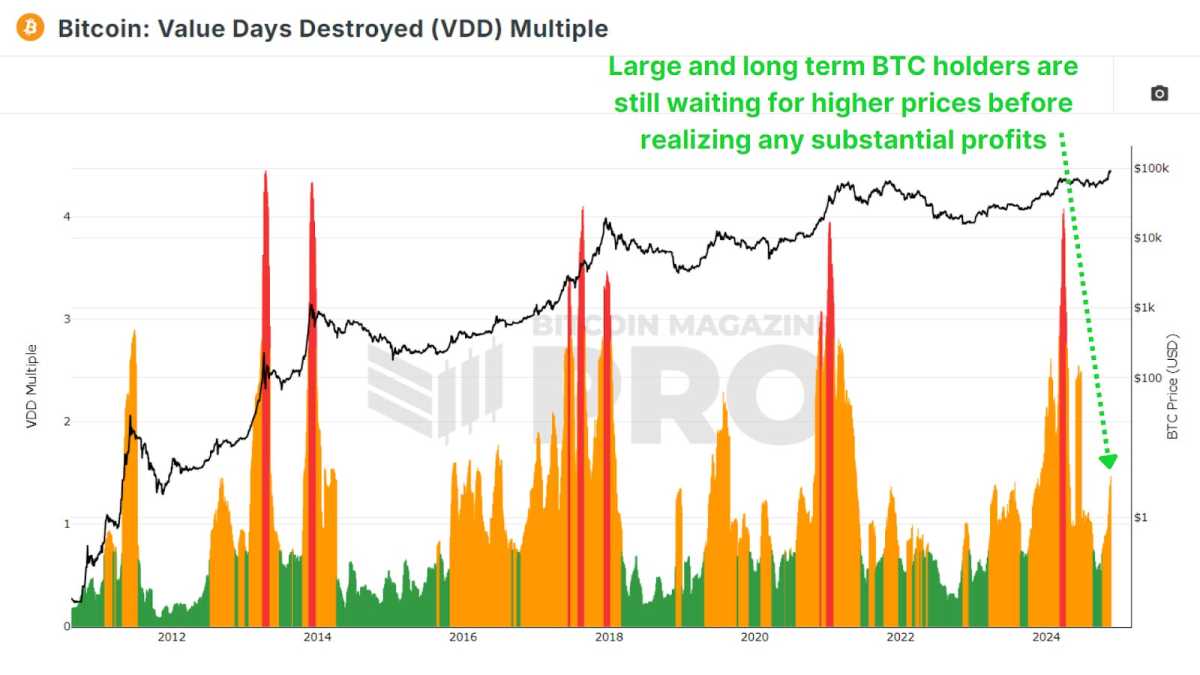











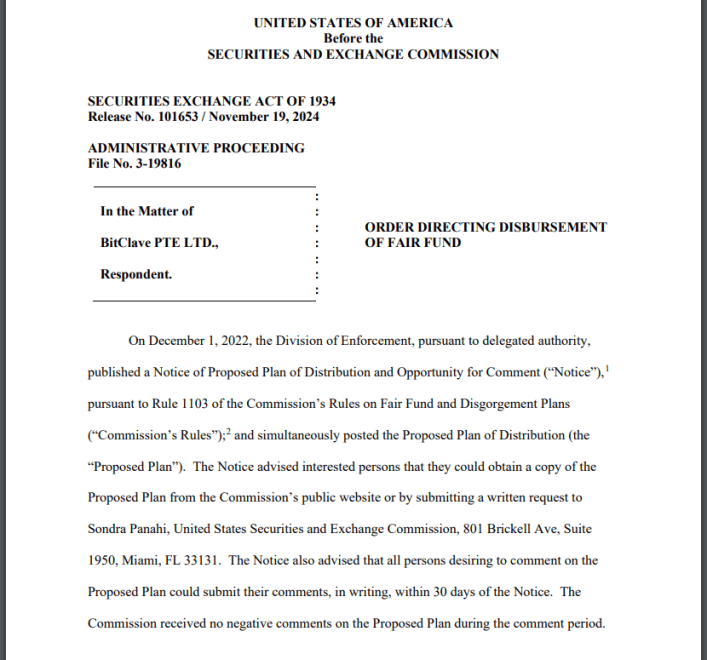

Comments